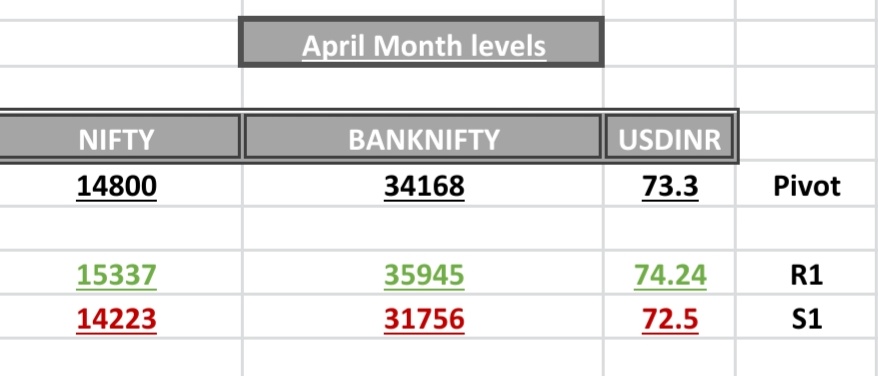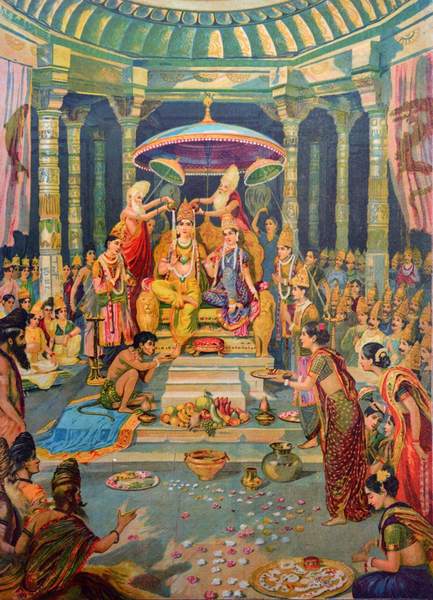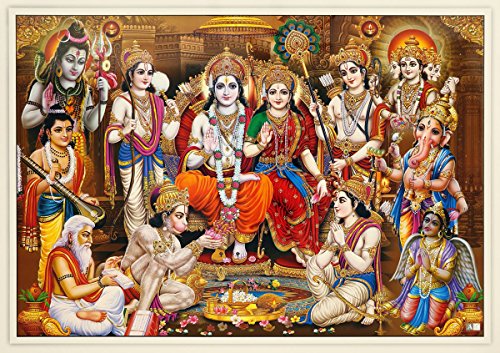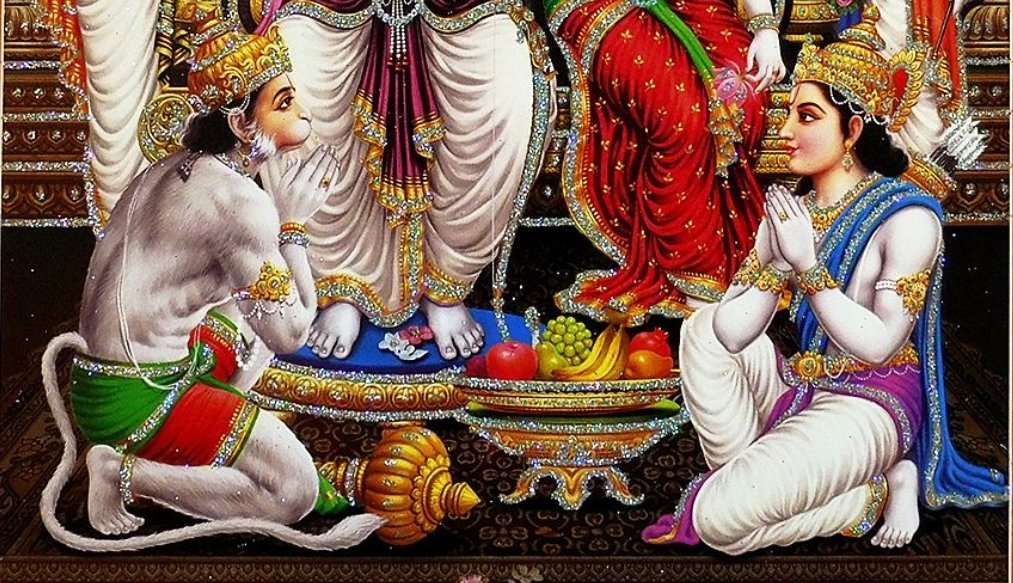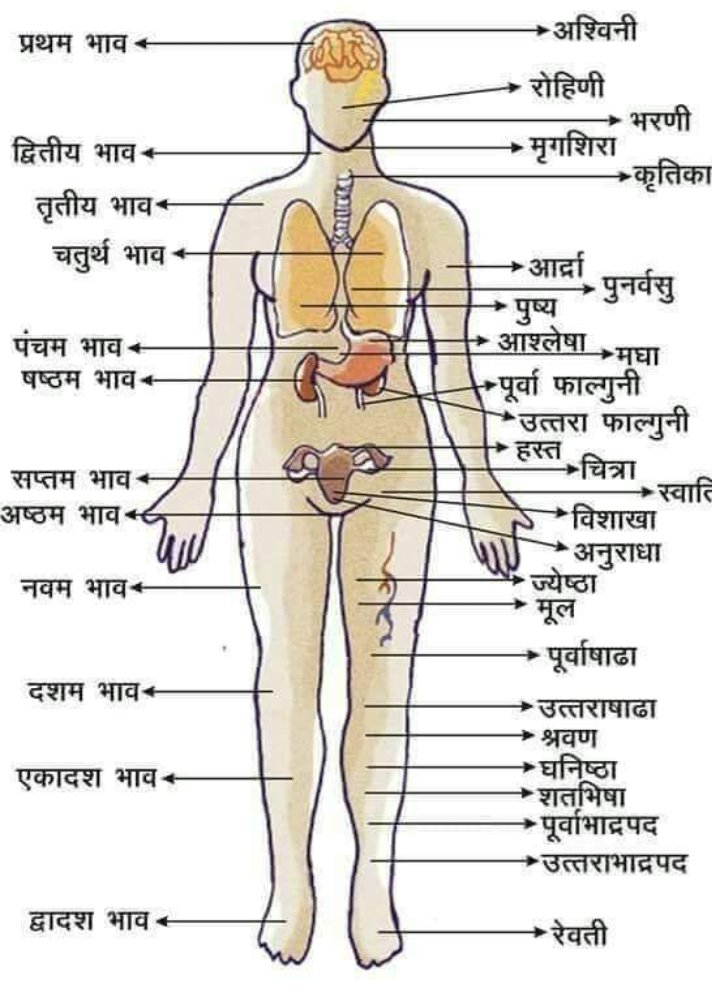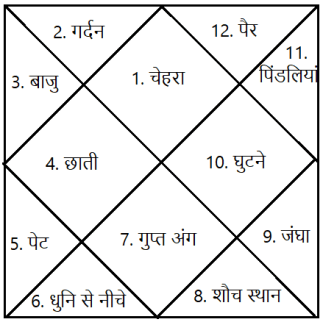The trek is absolutely beautiful and there are Trishuls all around when you reach the top. #Photography of the Shivlinga is strictly prohibited.
A Shivlinga that is shattered by lightening every 12 years!
A truly surreal location, which can be reached by a 3 km trek, Bijli #Mahadev temple in #Kullu is a must visit for Shiv Bhakts. It is believed that once in 12 years, lightening strikes and shatters the Shivlinga which

The trek is absolutely beautiful and there are Trishuls all around when you reach the top. #Photography of the Shivlinga is strictly prohibited.
Share with a Shiv bhakt 🙂
Via Instagram
Credits: @divisgupta
More from Vedic Gyaan
The pradakshina or Parikrama done around the temple holds a deep intended meaning. The idol made up of earthly matter absorbs all the energies produced when you light camphor, ring the bell, or offer flowers. Once all your five senses activate, you tend to absorb all kinds of
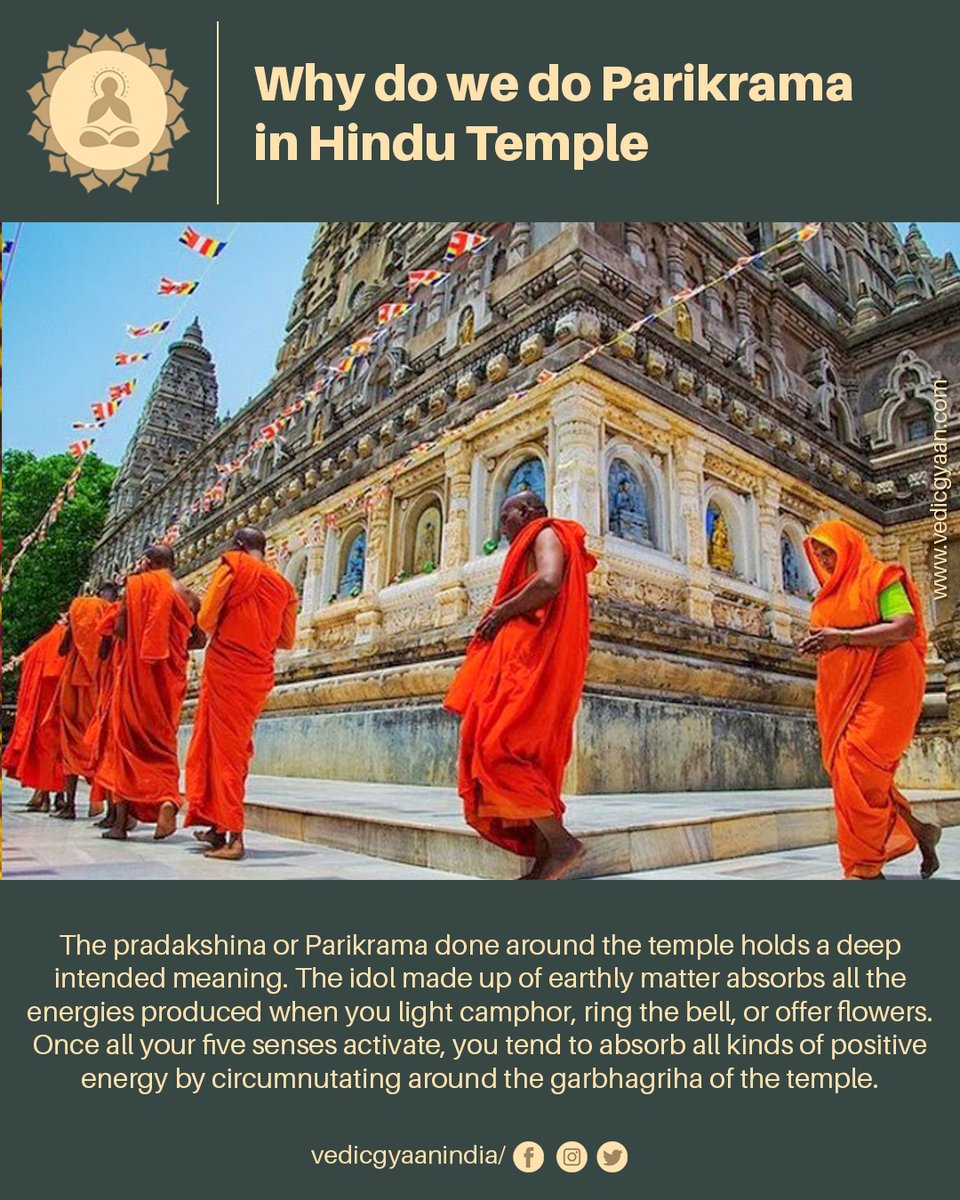
positive energy by circumnutating around the garbhagriha of the temple.
Read the full blog on https://t.co/R2XdYCQoqi
For Hindi, Click on the Flag of India Indian flag icon in the translate option

positive energy by circumnutating around the garbhagriha of the temple.
Read the full blog on https://t.co/R2XdYCQoqi
For Hindi, Click on the Flag of India Indian flag icon in the translate option
More from All
You May Also Like
I’m torn on how to approach the idea of luck. I’m the first to admit that I am one of the luckiest people on the planet. To be born into a prosperous American family in 1960 with smart parents is to start life on third base. The odds against my very existence are astronomical.
I’ve always felt that the luckiest people I know had a talent for recognizing circumstances, not of their own making, that were conducive to a favorable outcome and their ability to quickly take advantage of them.
In other words, dumb luck was just that, it required no awareness on the person’s part, whereas “smart” luck involved awareness followed by action before the circumstances changed.
So, was I “lucky” to be born when I was—nothing I had any control over—and that I came of age just as huge databases and computers were advancing to the point where I could use those tools to write “What Works on Wall Street?” Absolutely.
Was I lucky to start my stock market investments near the peak of interest rates which allowed me to spend the majority of my adult life in a falling rate environment? Yup.
Ironies of Luck https://t.co/5BPWGbAxFi
— Morgan Housel (@morganhousel) March 14, 2018
"Luck is the flip side of risk. They are mirrored cousins, driven by the same thing: You are one person in a 7 billion player game, and the accidental impact of other people\u2019s actions can be more consequential than your own."
I’ve always felt that the luckiest people I know had a talent for recognizing circumstances, not of their own making, that were conducive to a favorable outcome and their ability to quickly take advantage of them.
In other words, dumb luck was just that, it required no awareness on the person’s part, whereas “smart” luck involved awareness followed by action before the circumstances changed.
So, was I “lucky” to be born when I was—nothing I had any control over—and that I came of age just as huge databases and computers were advancing to the point where I could use those tools to write “What Works on Wall Street?” Absolutely.
Was I lucky to start my stock market investments near the peak of interest rates which allowed me to spend the majority of my adult life in a falling rate environment? Yup.







